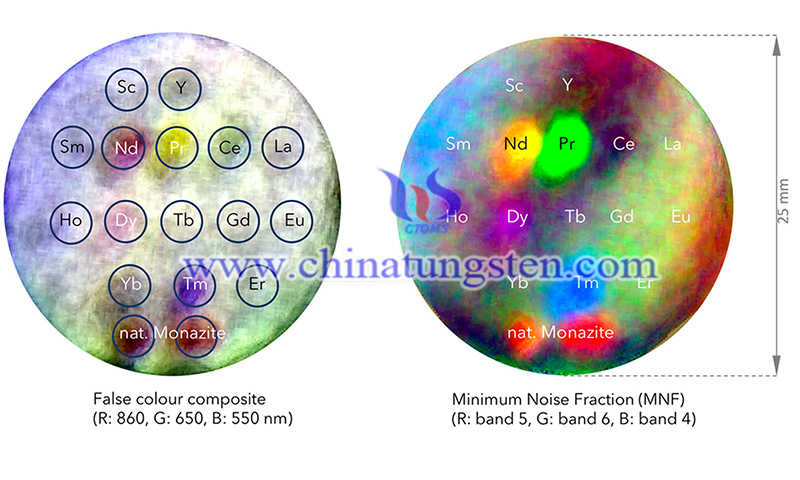New Sensor Detects Rare Earth Elements in Waste Resources
- Details
- Category: Tungsten's News
- Published on Monday, 18 October 2021 16:37
A new luminescent sensor can detect rare earth elements (REEs) from complex samples of waste resources, such as acid mine drainage. The sensor, developed by researchers at Penn State University, makes use of a protein that binds to REEs and could be used to help develop domestic supplies of these metals. Rare earth metals are used in technologies such as smart phones, electric car batteries and energy-efficient lighting. A paper describing the sensor was published in American Chemical Society.
Terbium is one of the rarest REEs, producing green color in mobile phone displays, and is also used in efficient lighting and solid state devices. However, there are various chemical, environmental and political challenges to obtaining terbium and other REEs from the environment. Developing new sources of these metals also requires robust detection methods, which poses another challenge. For example, the standard method for detecting REEs in samples is called mass spectrometry by ICP-MS, which is costly and not portable. However, portable methods are not very sensitive and do not perform well in complex environmental samples because acidic conditions and other metals can interfere with detection.

“There is not currently a domestic supply chain of REEs like terbium, but they are actually quite abundant in nontraditional sources in the U.S., including coal byproducts, acid mine drainage, and electronic waste,” said Joseph Cotruvo Jr., assistant professor and Louis Martarano Career Development Professor of Chemistry at Penn State, a member of the University’s Center for Critical Minerals, and senior author of the study. “In this study, we developed a luminescence-based sensor that can be used to detect and even quantify low concentrations of terbium in complex acidic samples.”
The protein lanmodulin has been developed as a sensor that can identify the rare earth element terbium from complex environments, such as acidic mine drainage. This sensor, when combined with terbium, emits a green light.
This new sensor relies on lanmodulin, a protein previously discovered by researchers that binds to REEs nearly a billion times better than to other metals. This protein binding selectivity with REEs is ideal for the sensor as it is most likely to bind to REEs rather than other metals commonly found in waste resources.
To optimise lanmodulin specifically as a sensor for terbium, the researchers altered the protein by adding tryptophan to it.
“Tryptophan is what is called a ‘sensitizer’ for terbium, which means that light absorbed by tryptophan can be passed to the terbium, which the terbium then emits at a different wavelength,” said Cotruvo. “The green color of this emission is actually one of the main reasons terbium is used in technologies like smart phone displays. For our purposes, when the tryptophan-lanmodulin compound binds to terbium, we can observe the emitted light, or luminescence, to measure the concentration of terbium in the sample.”
The researchers developed a number of variants of the tryptophan-lanmodulin sensor, optimising the position of the tryptophan so that it does not interfere with the ability of the lanmodulin to bind to rare earth elements. The sensor was able to detect environmentally relevant levels of terbium even under highly acidic conditions, such as those found in acid mine drainage.
- Rare Earth Manufacturer & Supplier, Chinatungsten Online: www.chinatungsten.com
- Tungsten News & Prices of China Tungsten Industry Association: www.ctia.com.cn
- Molybdenum News & Price: news.molybdenum.com.cn
- Tel.: 86 592 5129696; Fax: 86 592 5129797; Email: sales@chinatungsten.com



 sales@chinatungsten.com
sales@chinatungsten.com